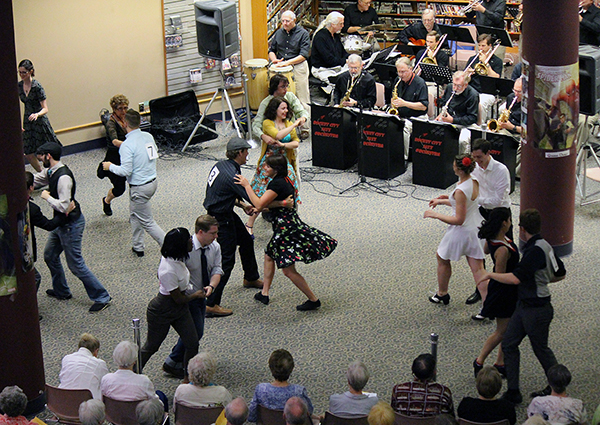Book Review - 'The Handmaid's Tale' by Margaret Atwood
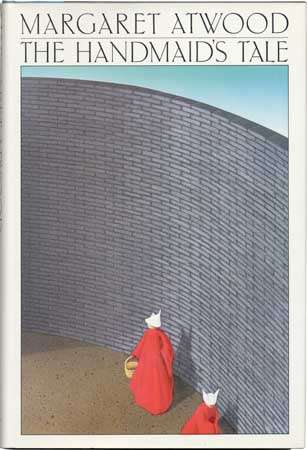 A female dystopia mutated to its logical extreme Margaret Atwood wrote ‘The Handmaid’s Tale’ in 1984, a very important year in the history of dystopian fiction. Perhaps the number of the year inspired her; most definitely, the leanings toward theocratic authoritarianism expressed by organizations at that time such as the Moral Majority. The dystopian framework was the best suited for a novel about events that had happened multiple times throughout human history, projected into a possible recurrence in the U.S. Atwood has repeatedly insisted that she invented none of the developments in the novel; everything that happens in the novel has occurred at some point in the past.
A female dystopia mutated to its logical extreme Margaret Atwood wrote ‘The Handmaid’s Tale’ in 1984, a very important year in the history of dystopian fiction. Perhaps the number of the year inspired her; most definitely, the leanings toward theocratic authoritarianism expressed by organizations at that time such as the Moral Majority. The dystopian framework was the best suited for a novel about events that had happened multiple times throughout human history, projected into a possible recurrence in the U.S. Atwood has repeatedly insisted that she invented none of the developments in the novel; everything that happens in the novel has occurred at some point in the past.


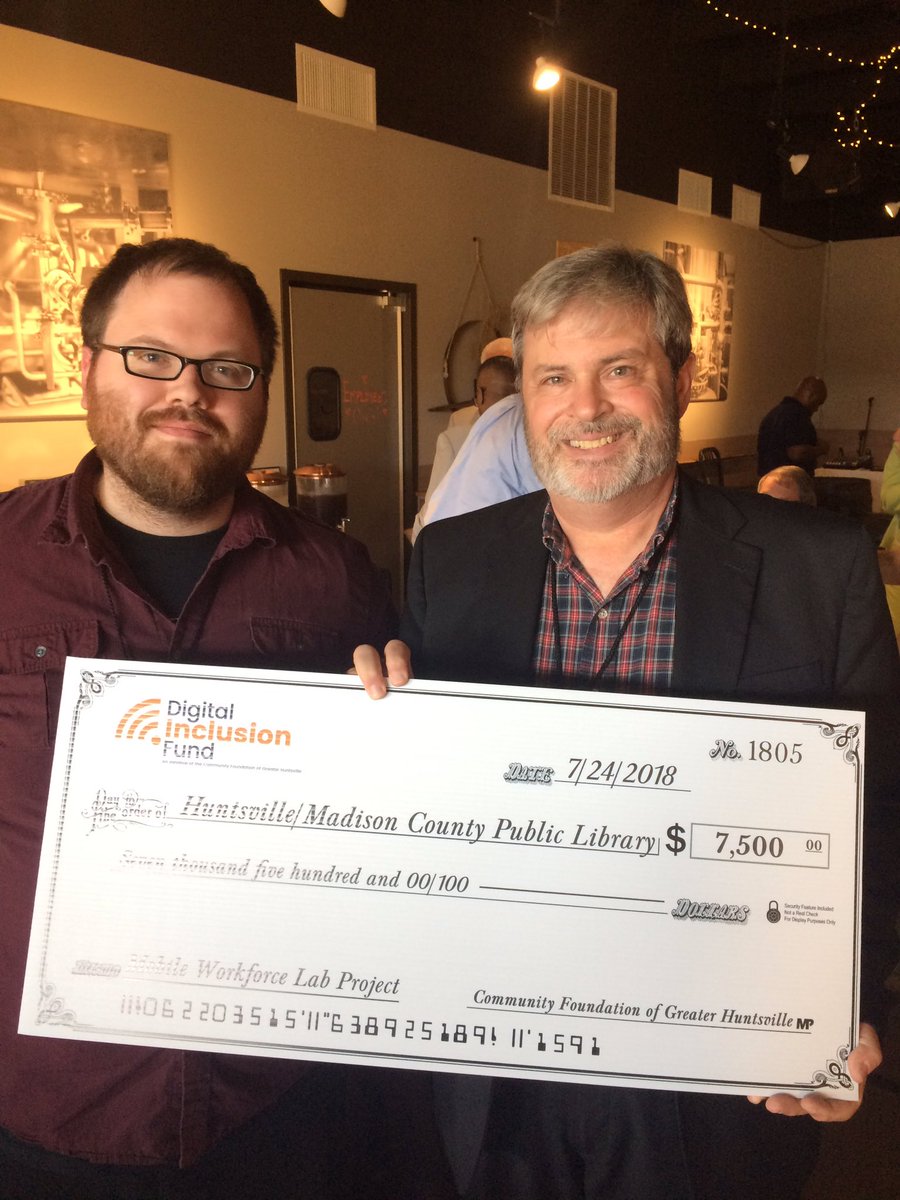 The Huntsville-Madison County Public Library proves once again that it is not only serving the needs of the community, but doing so in a technologically-driven environment. The library was recently awarded a $7500 Digital Inclusion Fund Grant by the Community Foundation of Greater Huntsville, sponsored by Google Fiber.
The Huntsville-Madison County Public Library proves once again that it is not only serving the needs of the community, but doing so in a technologically-driven environment. The library was recently awarded a $7500 Digital Inclusion Fund Grant by the Community Foundation of Greater Huntsville, sponsored by Google Fiber.

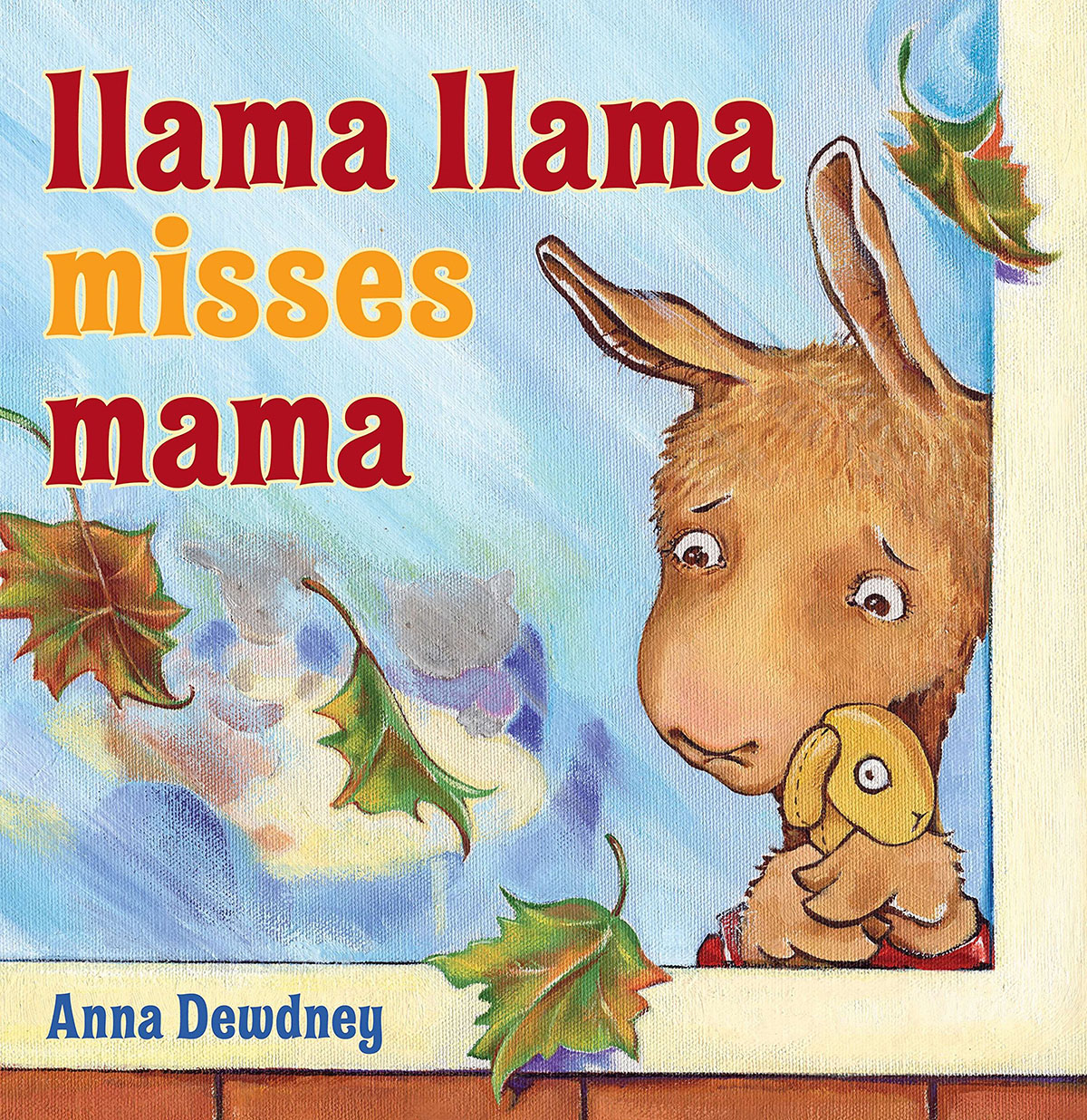
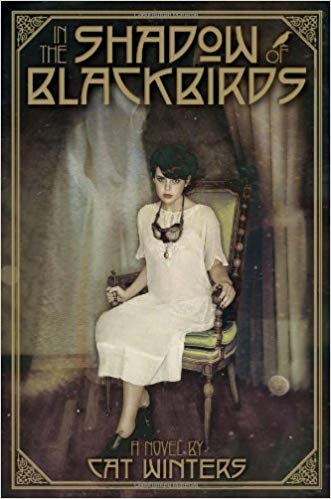 In the fall of 1918, 16 year old Mary Shelley Black steps off a train in California and into a macabre adventure. Her story takes place as World War I rages, mutilated soldiers are shipped home from the front lines of the War to End All Wars, and Americans die in droves from the Spanish influenza. Death is a daily occurrence and Mary Shelley’s constant companion.
In the fall of 1918, 16 year old Mary Shelley Black steps off a train in California and into a macabre adventure. Her story takes place as World War I rages, mutilated soldiers are shipped home from the front lines of the War to End All Wars, and Americans die in droves from the Spanish influenza. Death is a daily occurrence and Mary Shelley’s constant companion.
